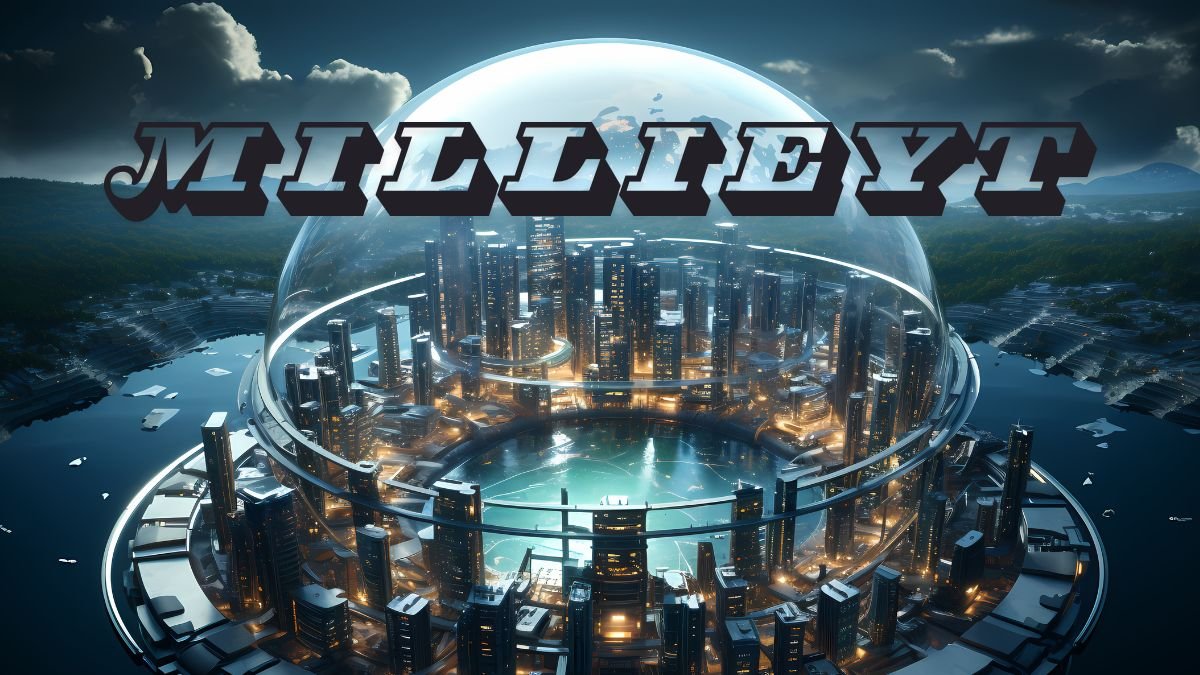Certain concepts remain deeply rooted in cultural and social dynamics. One such concept is Mıllıeyt. Although the term might not be widely recognized, it holds profound significance, shaping the identity, heritage, and unity of communities. Whether you’re familiar with the term or encountering it for the first time, understanding the depth of Mıllıeyt offers invaluable insight into the human experience.
Mıllıeyt its historical relevance, modern applications, and the challenges it presents. We’ll explore how this concept influences various sectors of life, including national identity, cultural preservation, and social cohesion.
Detailed Explanation of Mıllıeyt
What is Mıllıeyt?
At its core, Mıllıeyt represents a cultural and nationalistic identity deeply tied to heritage and patriotism. It’s a concept that promotes a sense of belonging to a particular group, often rooted in shared history, language, and traditions. It goes beyond the individual and connects people through a collective narrative that spans generations.
Origins and Historical Context of Mıllıeyt
The roots of Mıllıeyt can be traced back to eras when communities were defined by their shared values and goals. Over time, this concept evolved to symbolize national pride and unity, particularly in regions where cultural identity plays a key role in societal structure. Historically, Mıllıeyt served as a rallying cry for independence, preservation of traditions, and the protection of cultural rights.
Key Components of Mıllıeyt
Several factors contribute to the formation and strength of Mıllıeyt:
- Shared Language: The linguistic aspect is critical in maintaining a unified identity.
- Cultural Traditions: Festivals, religious practices, and folklore solidify the cultural aspects of Mıllıeyt.
- Historical Events: Past struggles, victories, and lessons define the collective narrative that is passed through generations.
Importance and Benefits
Why Is Mıllıeyt Important?
In an age where globalization is increasingly blurring cultural boundaries, the preservation of Mıllıeyt becomes a crucial defense against the erosion of identity. It fosters a sense of pride and belonging, encouraging individuals to preserve and pass on their cultural legacies. More than a symbol, it becomes a way of life that influences education, societal roles, and the overall moral fabric of a nation.
The Benefits of Embracing Mıllıeyt
- Cultural Preservation: Ensures that traditions and customs are maintained across generations.
- Social Cohesion: Strengthens the bond between individuals who share the same cultural background.
- National Identity: Encourages patriotism and pride in one’s country and heritage.
- Economic Impact: Cultural tourism and heritage industries benefit from the preservation of Mıllıeyt.
- Educational Value: Younger generations learn the importance of their heritage and the need for its protection.
Real-World Applications of Mıllıeyt
- Cultural Celebrations: Festivals celebrating historical events or traditional practices.
- National Policies: Governments using Mıllıeyt as a basis for national education programs or cultural preservation initiatives.
- Cultural Diplomacy: Countries leveraging Mıllıeyt to promote national image on the global stage.
Applications and Use Cases
Mıllıeyt in Education
In many educational systems, curricula are designed to promote Mıllıeyt by incorporating history, language, and cultural studies into daily lessons. Schools in regions with a strong emphasis on national identity often use this concept to create a sense of unity and pride among students. Beyond classrooms, heritage festivals and cultural workshops provide hands-on experience in the preservation of Mıllıeyt.
Mıllıeyt in Cultural Tourism
Tourism is another arena where Mıllıey plays a pivotal role. Countries with rich histories and cultural narratives use Mıllıey to attract tourists eager to experience authentic traditions, cuisine, and historical sites. This approach not only bolsters national pride but also contributes to economic growth, creating a symbiotic relationship between cultural preservation and tourism.
Challenges and Solutions
The Challenge of Globalization
As the world becomes more connected, maintaining distinct cultural identities becomes increasingly difficult. The mass consumption of global media, the spread of universal languages like English, and the rise of international business threaten the unique aspects of Mıllıey. Cultures may lose their distinct characteristics, leading to a homogenized global culture.
Solutions: One effective strategy is to embrace globalization while protecting Mıllıey. For example:
- Bilingual Education: Encouraging students to learn global languages without sacrificing native tongues.
- Digital Preservation: Using modern technology to archive historical documents, folklore, and traditions online for future generations.
Internal Divisions
Sometimes, the concept of Mıllıey can lead to internal divisions within a country, particularly when groups feel excluded from the national narrative.
Solutions: Inclusive policies that celebrate multiculturalism within the broader framework of Mıllıey can help alleviate this issue. By recognizing the diversity within a nation, governments can ensure that all citizens feel represented and valued.
Conclusion
In conclusion, Mıllıey remains a powerful and relevant concept that continues to shape societies in profound ways. Its influence on national identity, education, cultural preservation, and even economic sectors is undeniable. As we navigate the complexities of globalization, it is crucial to balance the preservation of Mıllıey with the need to participate in a globalized world.
By understanding and embracing the principles behind Mıllıey, we can ensure that future generations inherit a rich cultural legacy that honors the past while paving the way for a connected, yet distinct, future.




